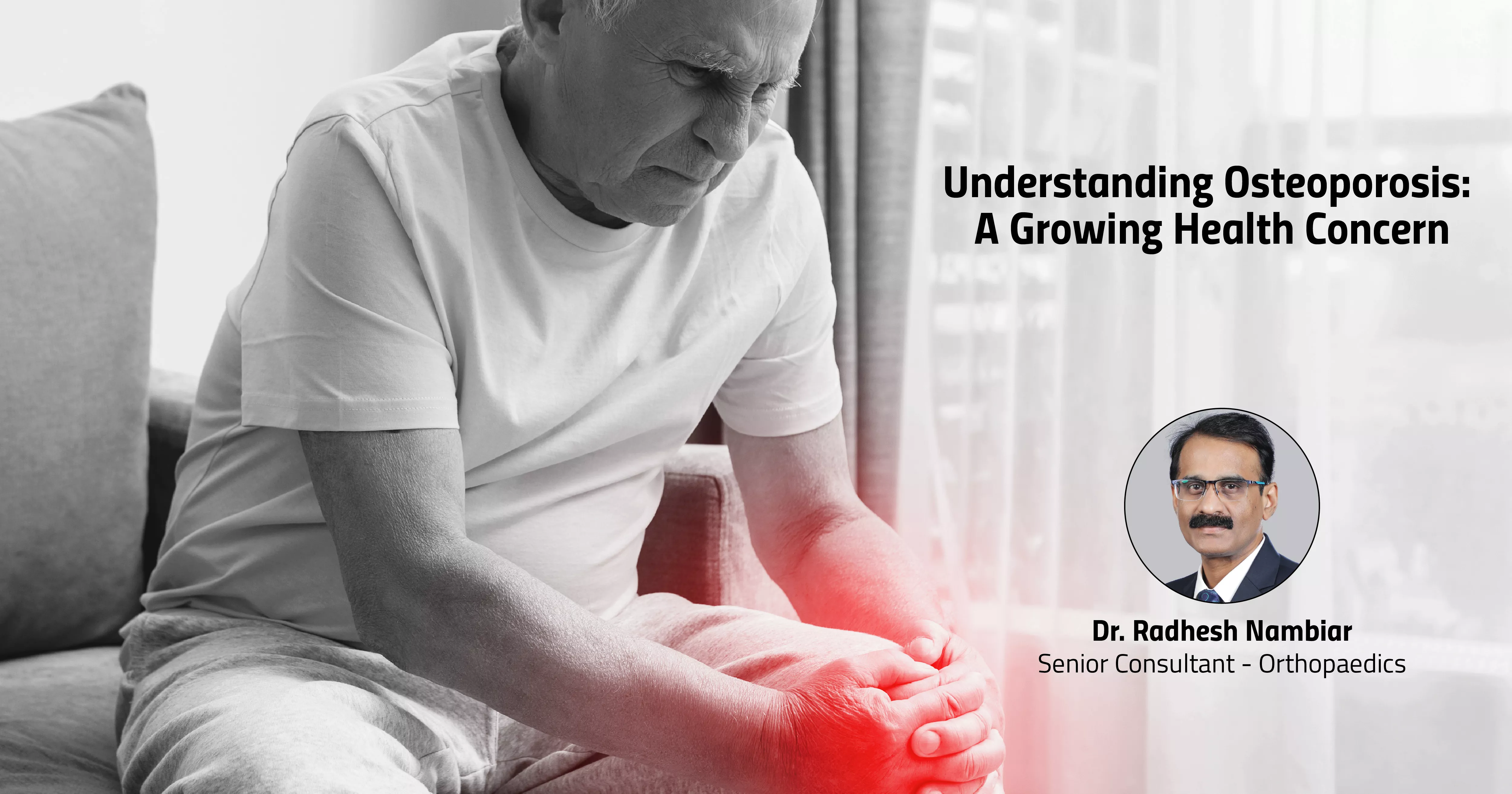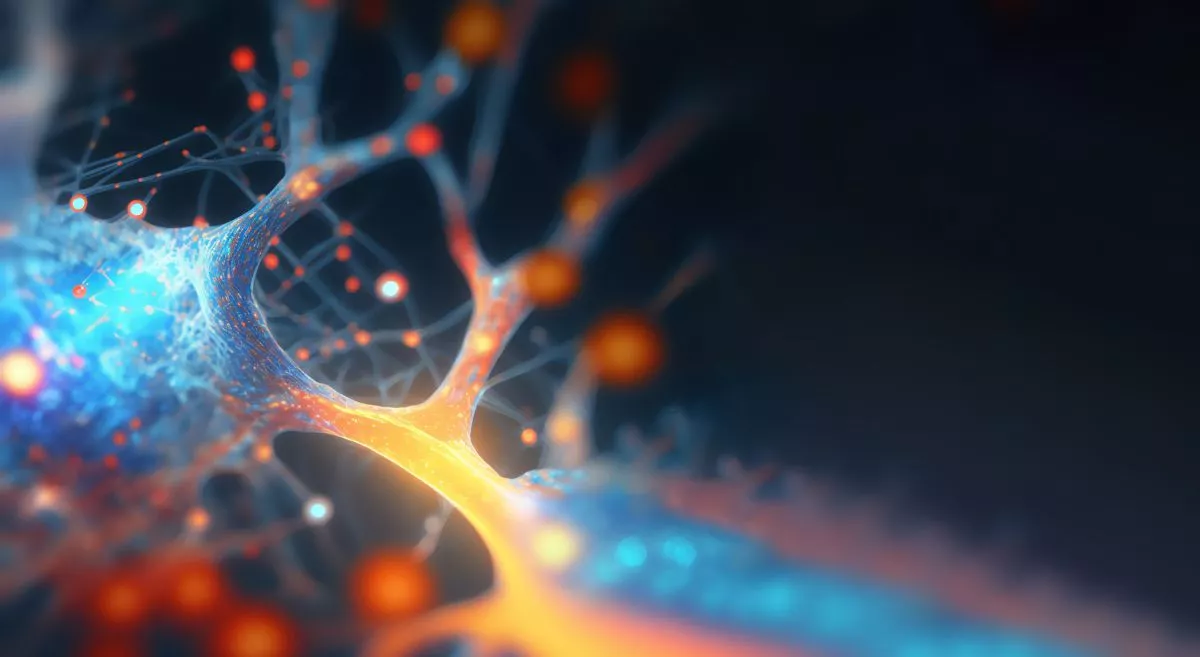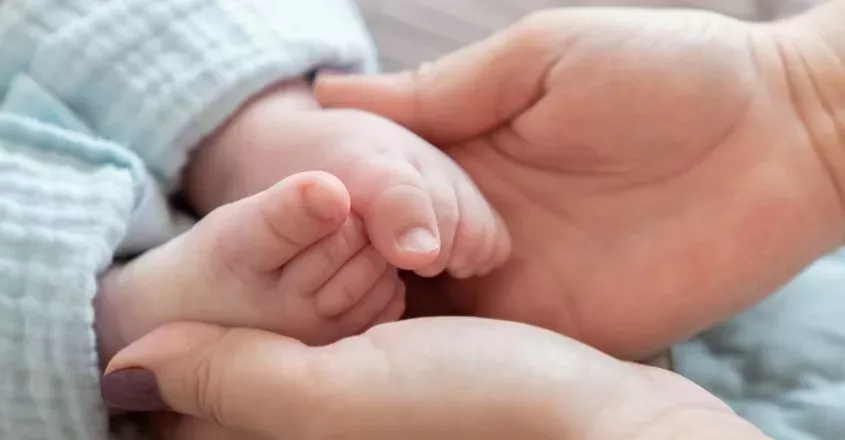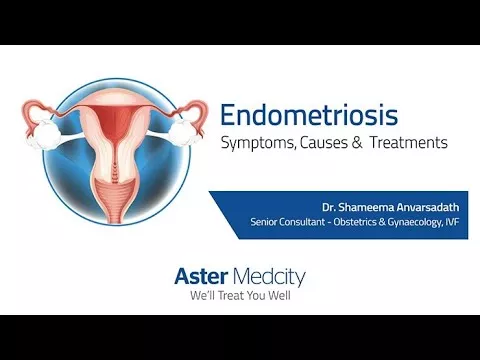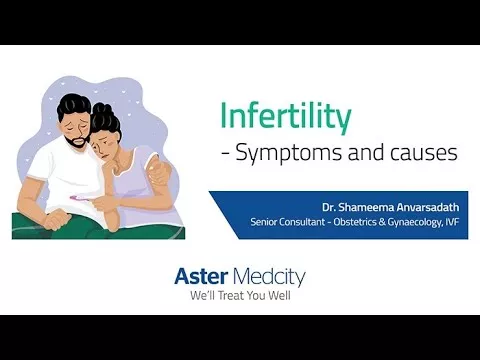What is IVF?
The full form of IVF is In vitro fertilization and when you look at the meaning, it means the sperm and egg of a couple are fertilized in a lab. In vitro translates to "outside the body." When the sperm enters the egg, fertilisation takes place.
IVF is a popular fertility treatment which has enabled millions infertile couples to become parents. It’s also important to see the potential effects of IVF such as multiple pregnancies. This can happen when more than one embryos are transferredinto the womb; even though it can bring joy, some points for consideration exist. It is important to understand the benefits and risks of multiple pregnancies for couples receiving in vitro fertilization IVF treatment. Couples can negotiate the complexity and the difficulties that may occur by making well-informed decisions.
How do Multiple Pregnancies Happen in IVF?
IVF, an advanced method for assisting people with childbirth, occasionally can lead to implantation of more than one embryos at once. To fully understand how this can happen, consider the following necessary points:
- Multiple Embryo Transfer: During IVF, doctors sometimes transfer more than one embryo. This raises the possibility of multiple pregnancies.
- Factors That Decide: The number of embryos put inside the woman depends on her age, past history, and the quality of embryos.
- Natural Splitting: Occasionally, the embryos inside the woman's body will naturally multiply, which may result in higher order pregnancies.
- Assisted Hatching: By helping the embryos break out of their shells, embryologists increase the likelihood of implantation of the embryos. However, if they transfer more than one hatched embryo, it may result in multiple pregnancy.
- Balancing Success and Risk: Fertility specialists carefully consider each of these factors while determining how many embryos to transfer into the womb. While the aim is to assist the couple in getting pregnant, we also need to make sure that both the mother and the unborn kids are safe.
Benefits of Multiple embryo transferred in IVF treatment :
- Increased Chances of a successful pregnancy: IVF treatment enhances the chances of becoming pregnant by ensuring a certain grade of ready made embryos transferred into the womb. Couples struggling with infertility can find hope in this.
- Multiple pregnancies achieved through IVF treatment give couples a sense of emotional fulfilment and contentment. Particularly after experiencing difficulties with conception, this specific link has a significant impact on their emotional well-being.
- Simplified Family Planning: IVF-induced multiple pregnancies enable couples to have their ideal number of children all at once, requiring fewer fertility treatments and less stress.
- Dedicated Support for Parents: Parents with multiple children born via IVF treatment have access to specialised support networks and services. While raising many children, these resources offer direction, counsel, and a sense of community.
Risks of Multiple Pregnancies in IVF
- Mother's health risks (pre-eclampsia, gestational diabetes, and C-section)
- IVF-induced multiple pregnancies can put the mother's health at considerable risk. These consist of:
- Gestational diabetes
- Pre-eclampsia
- Increased likelihood of needing a C-section due to complications or unfavourable presentation
- C-sections are generally safe, but they require significant surgery, which could prolong recovery time and increase the risk of difficulties in subsequent pregnancies. To guarantee patient safety, it is essential to inform patients of these risks and put mechanisms in place to reduce multiple pregnancies during the IVF process.
- Risks for the Babies (Premature Birth, Low Birth Weight, Growth Delays)…


